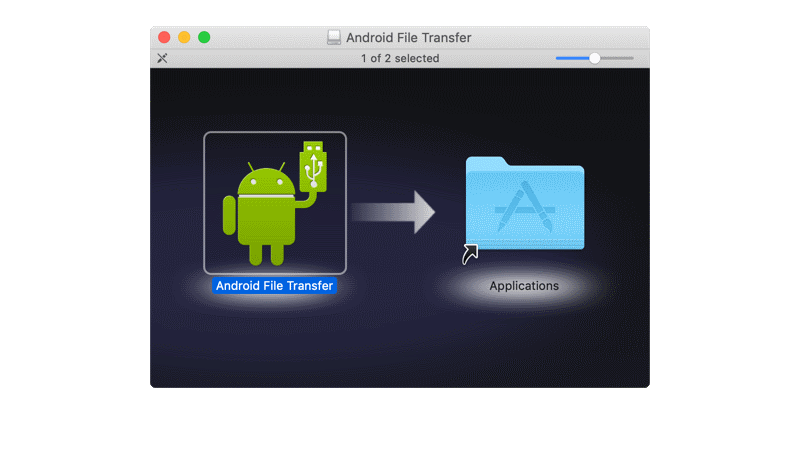
However, for my Android Studio 2.1.2 Linux installation I find that this does not work reliably. This will give a file explorer display on the device with Push and Pull commands (left and right arrows at the top) that allow file transfer between development computer and device (in principle). Select the device in the Devices panel and then select the File Explorer tab in the right panel. With a device connected by USB, open the DDMS: Tools > Android > Android Device Monitor.

In principle, one way to transfer files is Conversely, if your app writes a file on the device, you may want to transfer this file to your development computer for examination the project The project Playing Video gives an example of doing this.

Then you must store the resource in an appropriate place on the device. However, one situation where you may want to transfer additional files manually from your development computer to a device is when your app expects to read a data or image resource from the device. We shall illustate by transfer involving a device, but file transfer involving an AVD is analogous.Īndroid Studio handles the transfer of files packaged up in the executable associated with your app automatically. Subject to permissions restrictions, we can transfer files from a computer to a device (connected to the computer by USB) or emulator, or from the device or emulator to the computer.

Android devices have file systems similar to those of regular computers.


 0 kommentar(er)
0 kommentar(er)
